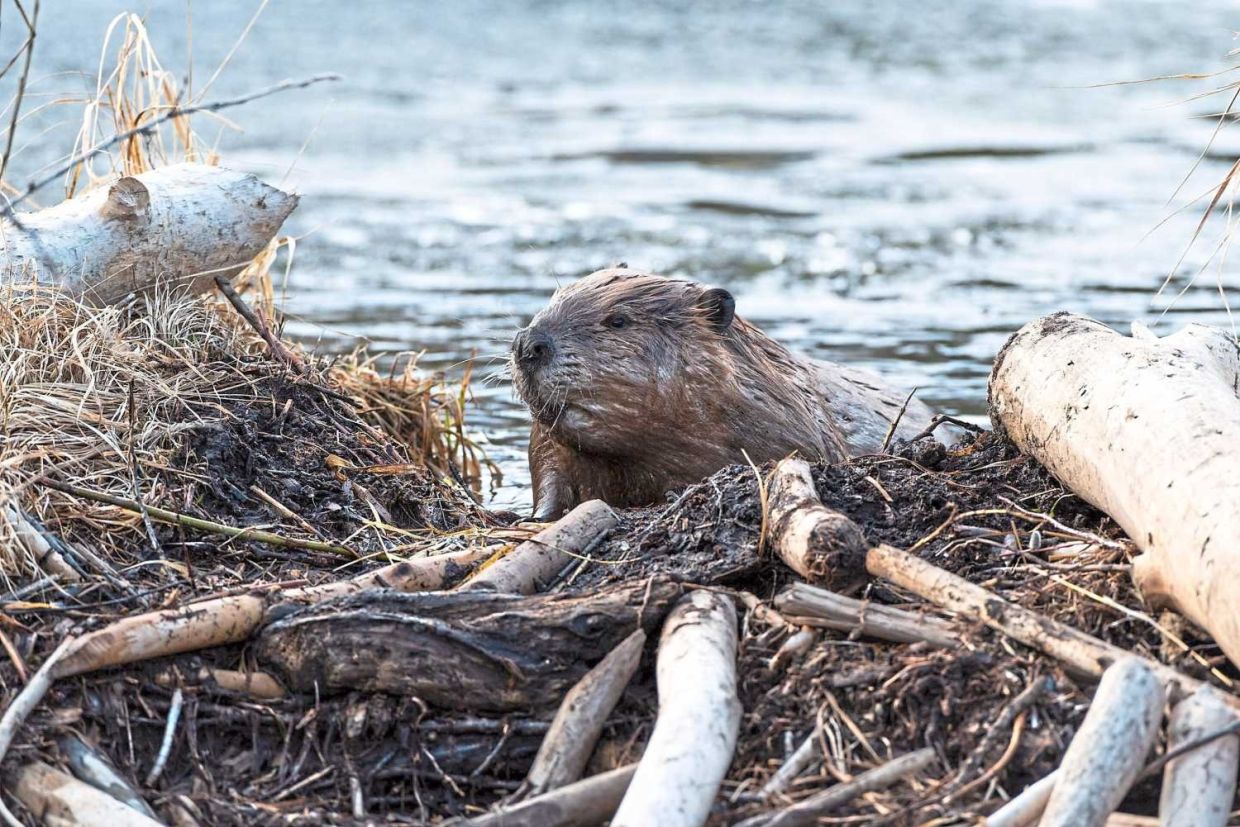COULD something from a beaver really end up in your dessert?
It sounds too crazy to be true, maybe just another piece of viral internet clickbait.
But is it true that vanilla flavouring used to be made from something that came out of a beaver?
Verdict:
TRUE
As weird as it sounds, there’s a bit of truth to it. The substance in question is called castoreum, a sticky, yellow-brown secretion found in sacs near a beaver’s tail.
Beavers naturally use it to mark their territory, smearing it on twigs and mud piles. The scent is so musky that humans can easily detect it from a distance.
For decades, castoreum was used in perfumes, soaps, and even in some foods – particularly to add vanilla, raspberry, and strawberry flavors. The ancient Greeks even credited it with healing properties.
Castoreum contains compounds similar to salicylic acid (like aspirin) and vanillin, the molecule responsible for vanilla’s signature taste.
But before you panic about your next scoop of ice cream, the use of castoreum in food has almost completely disappeared.
Harvesting it isn’t easy or pleasant – it involves killing beavers, removing their castor sacs, drying them, and then extracting the flavor using alcohol. It’s far from ethical in today’s standards.
While castoreum is FDA-approved and safe to eat, it was never a widespread food additive – mainly because the process was costly, labor-intensive, and unappealing.
Since then, it has become extremely rare, appearing mostly in niche products like certain Swedish liquors.
And let’s be honest – once people found out where it came from, the “ick” factor alone helped push it out of mainstream use.
Today, about 99% of vanilla flavoring comes from synthetic sources, such as lab-made vanillin. It’s cheaper, more efficient, and doesn’t involve animals at all.
So yes, beavers can produce a sweet-smelling substance that was once used to flavor food – but no, it’s almost certainly not in anything you’re eating today.
References:
1. https://www.
4. https://www.theatlantic.com/
5. https://sites.evergreen.edu/







